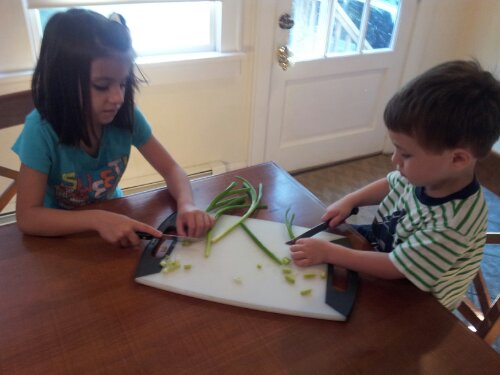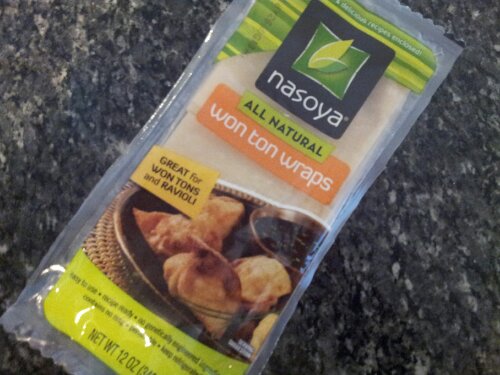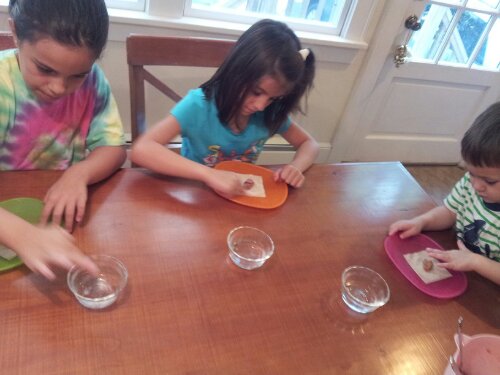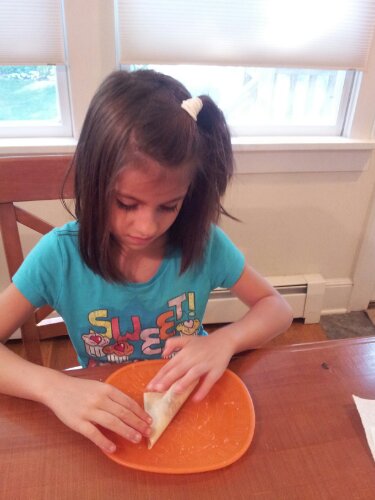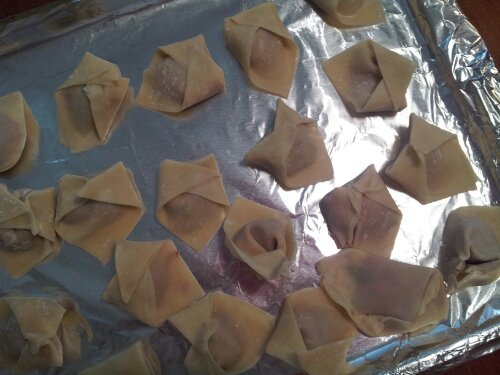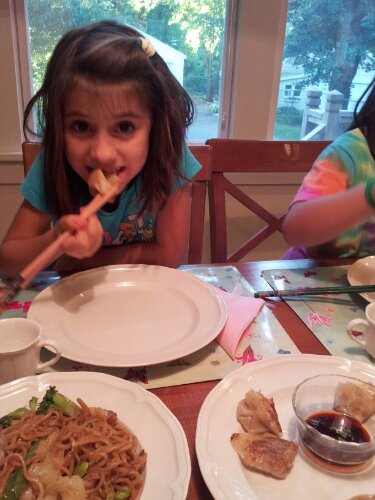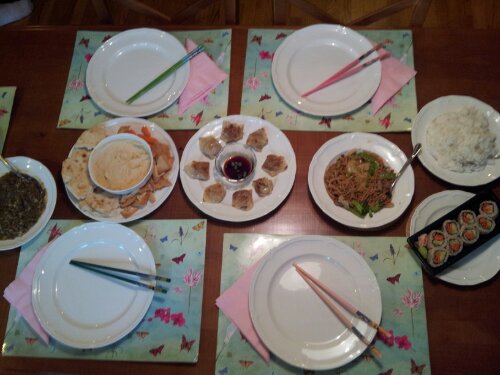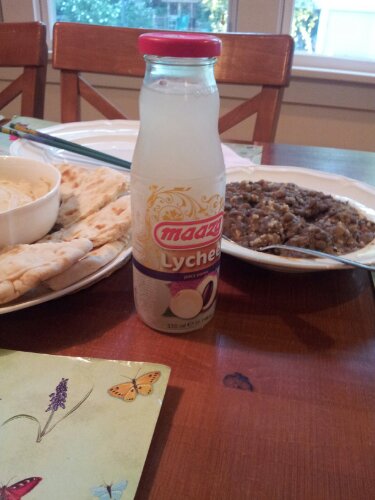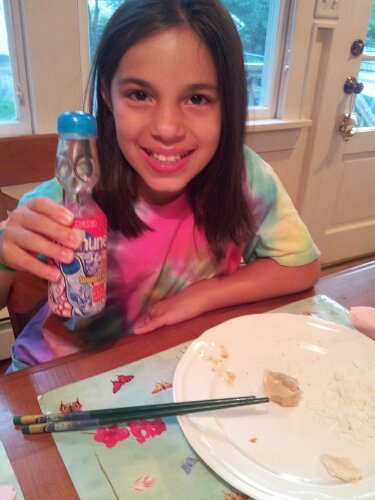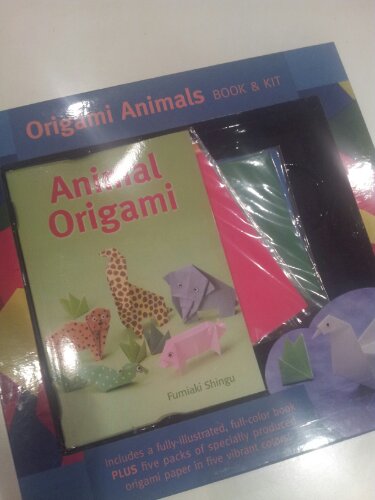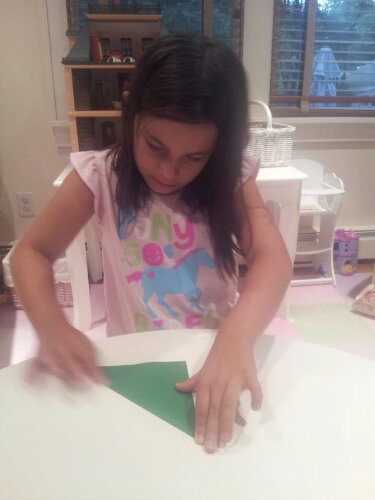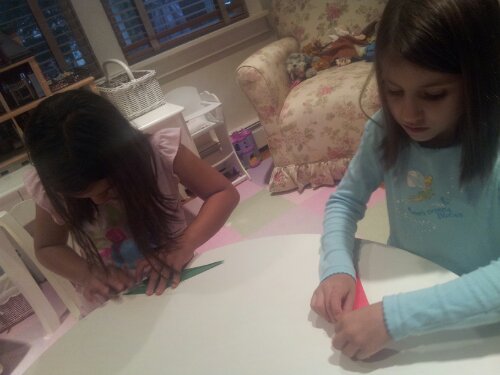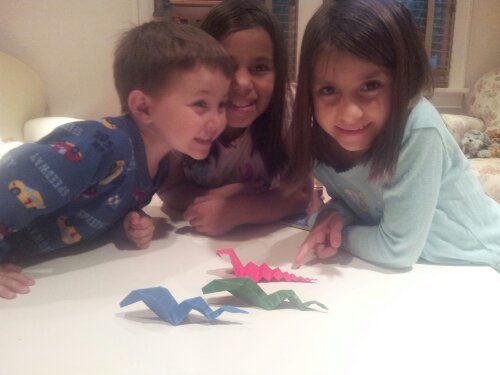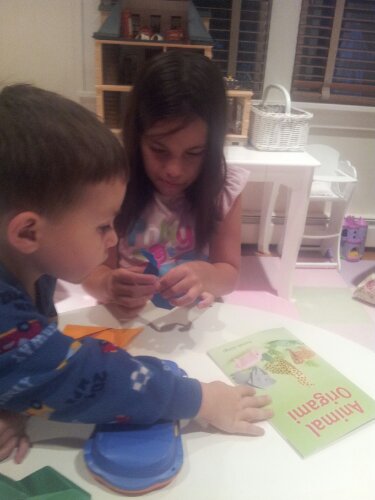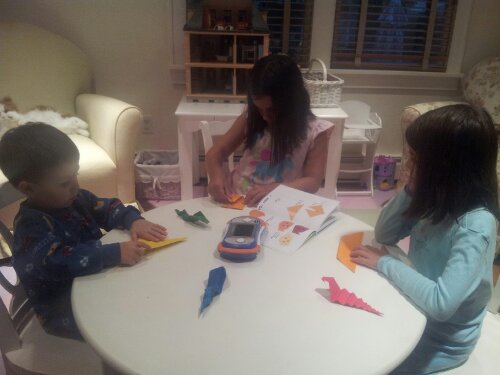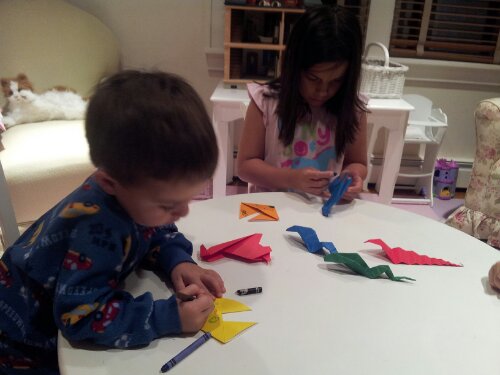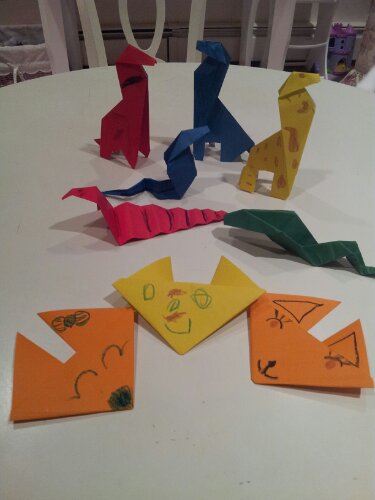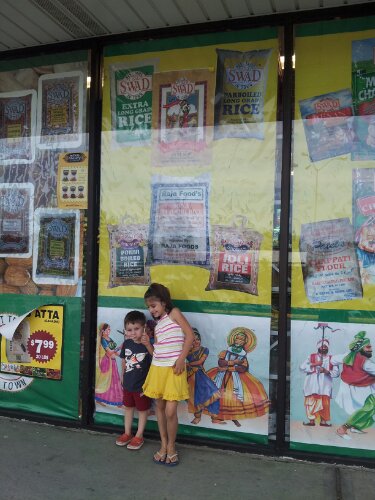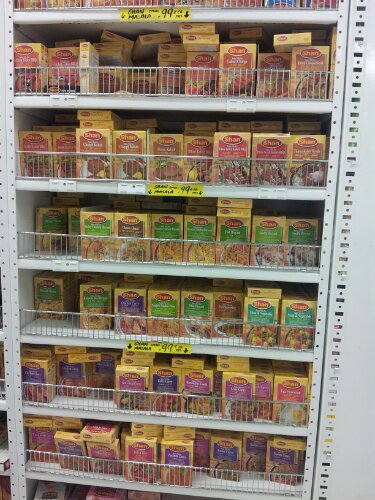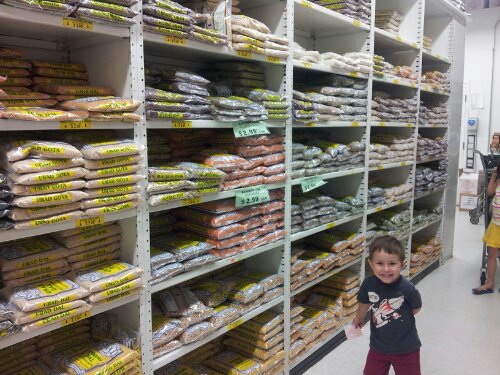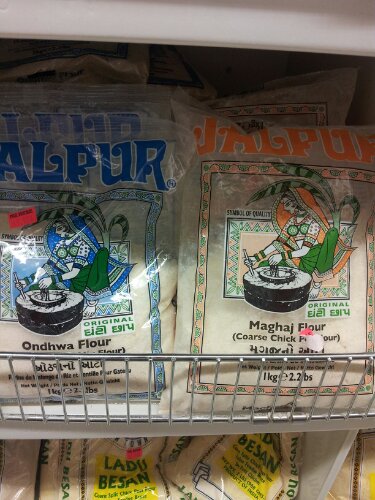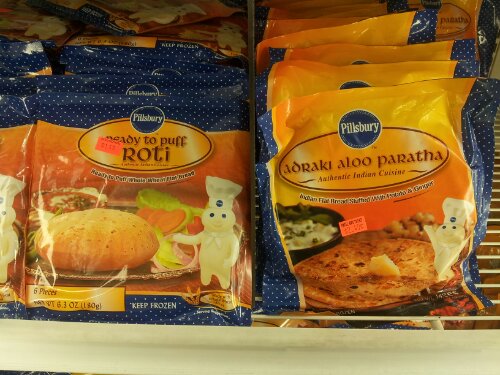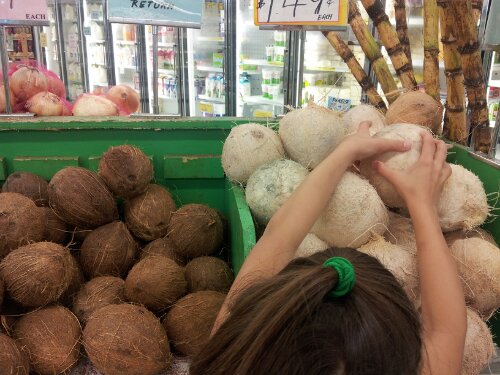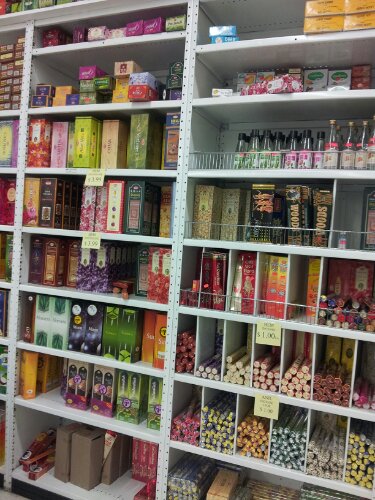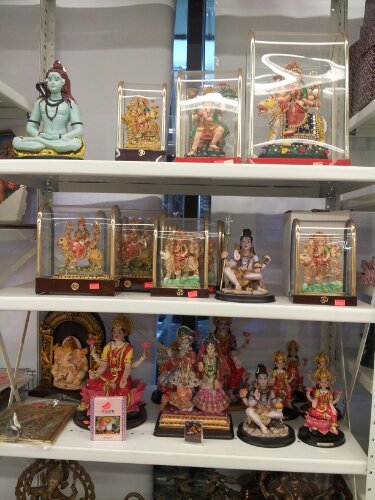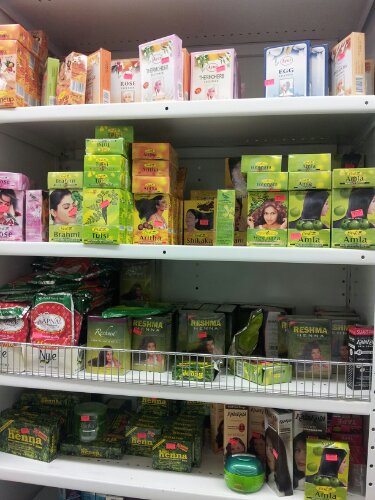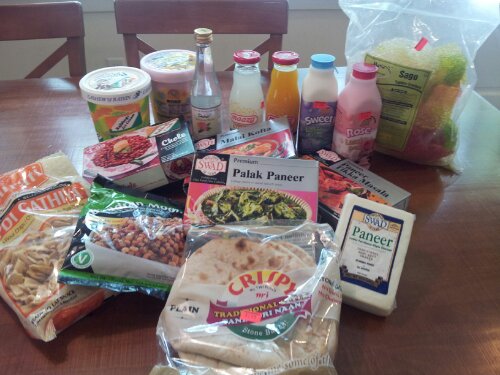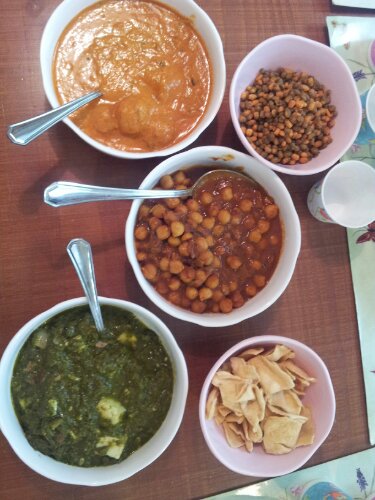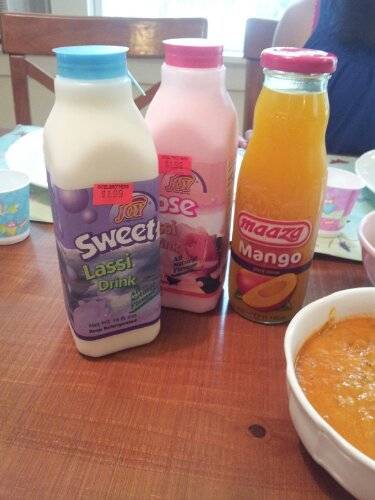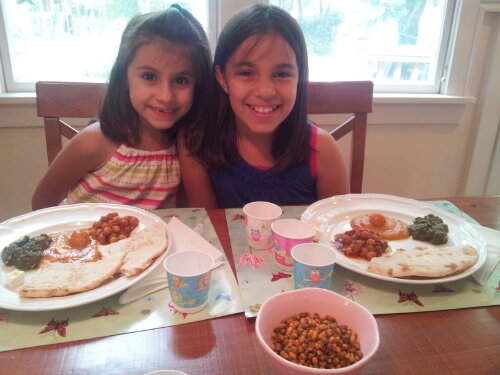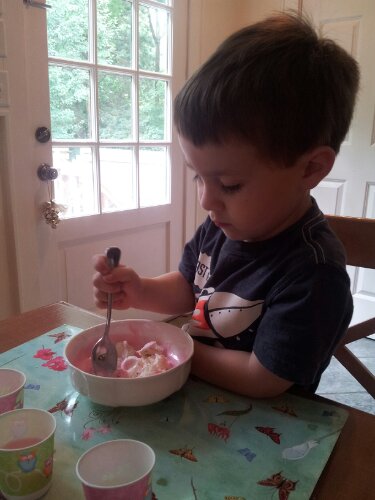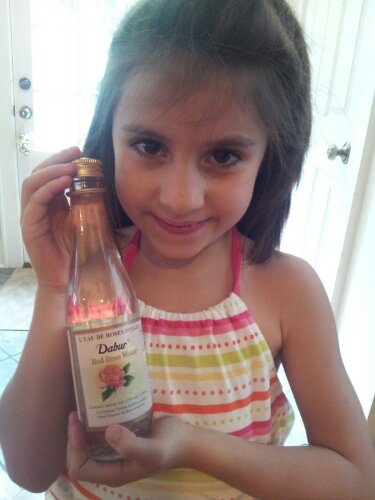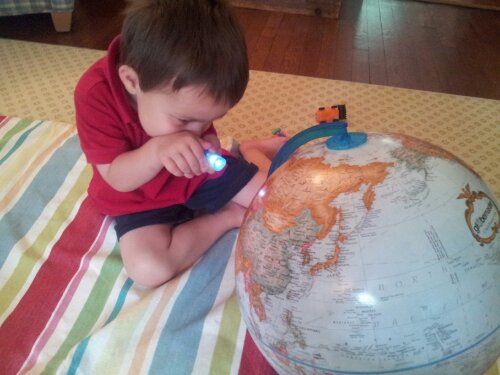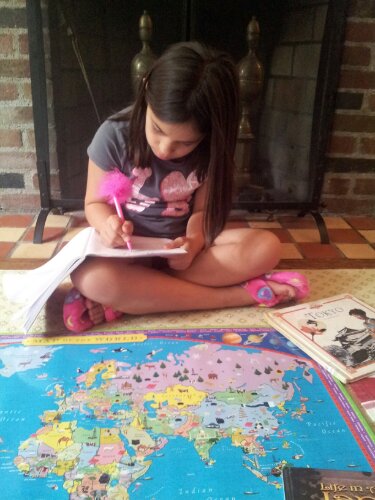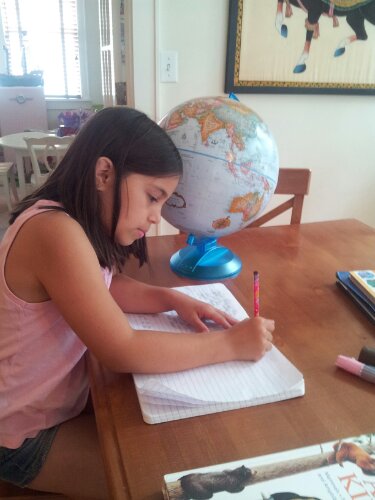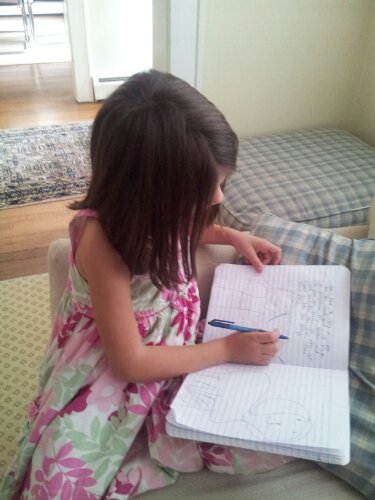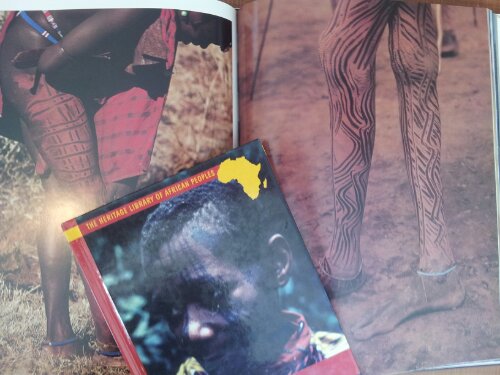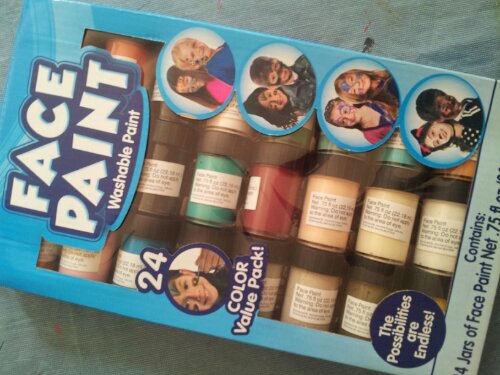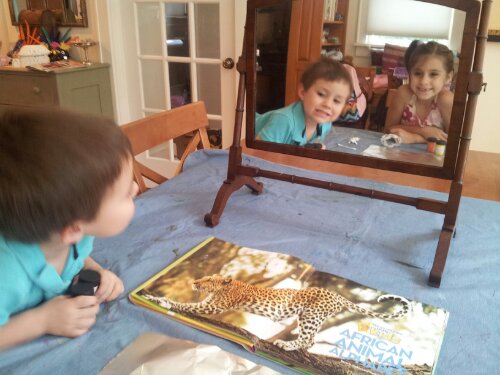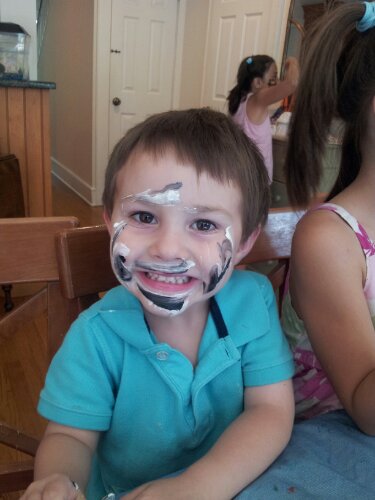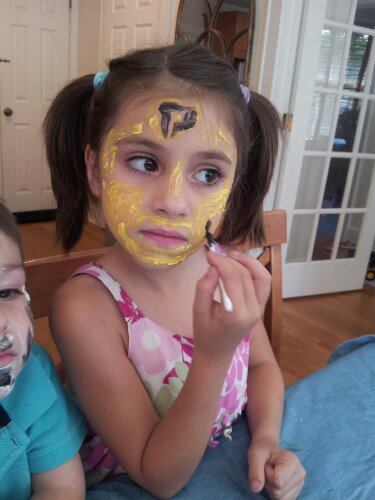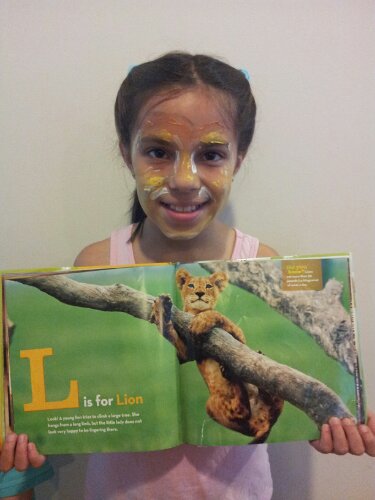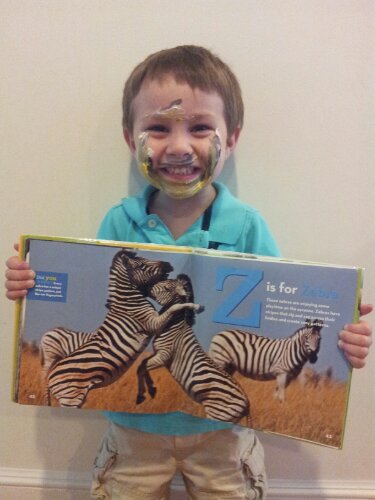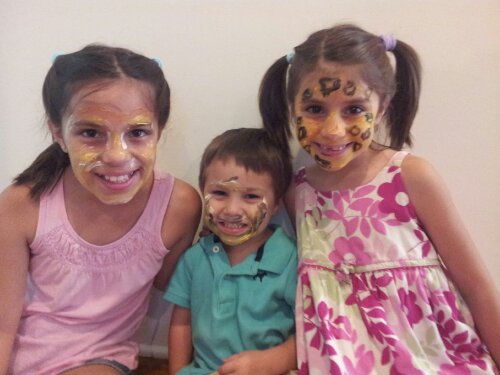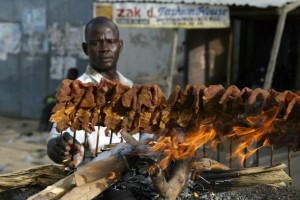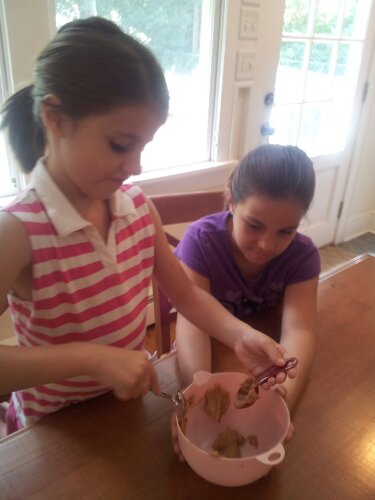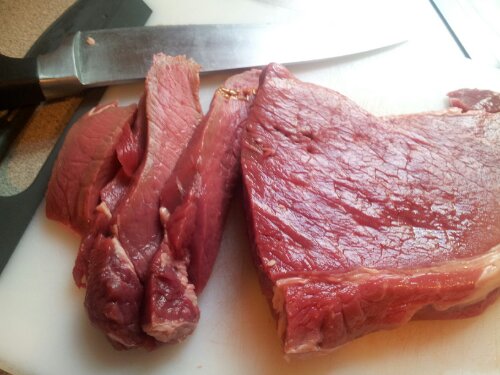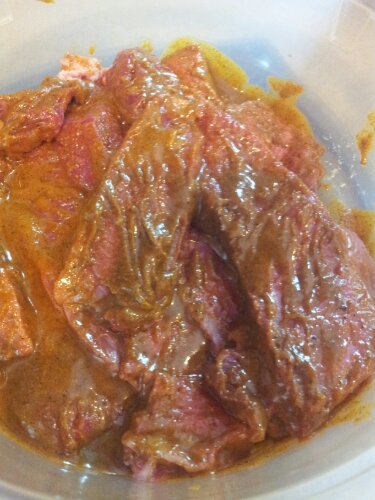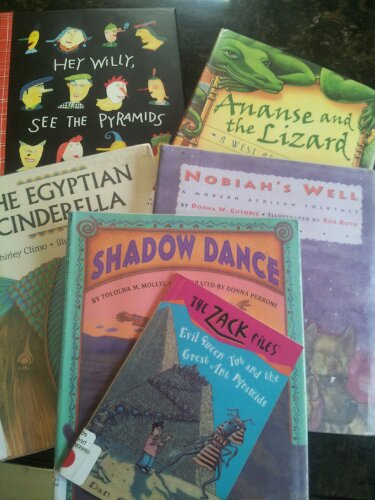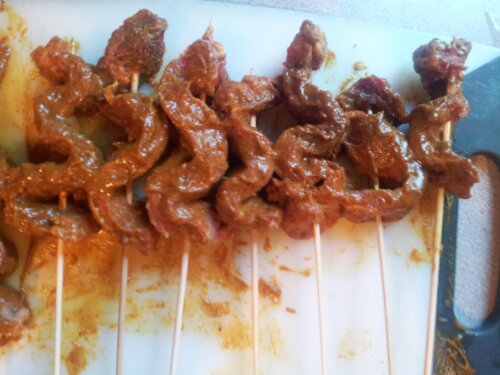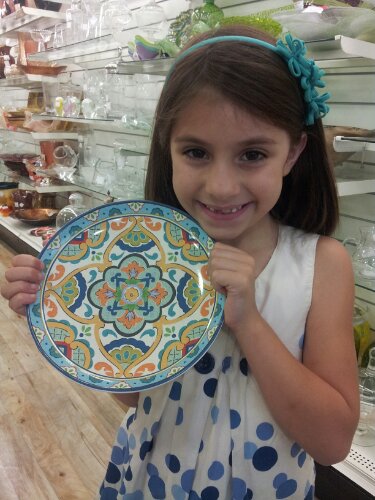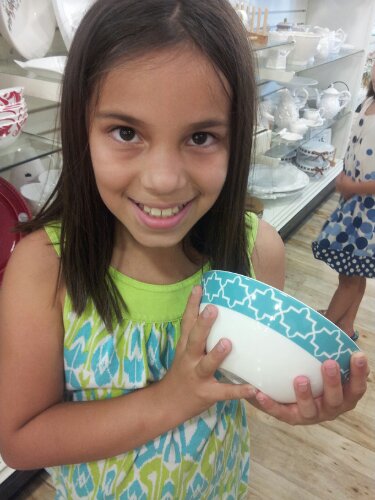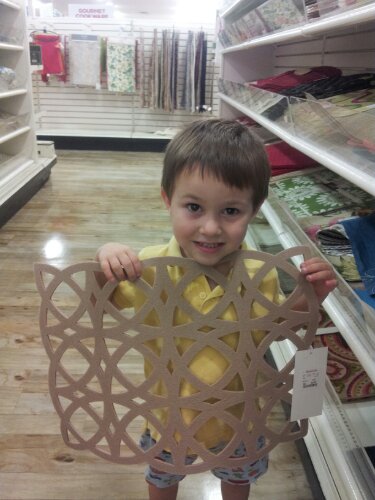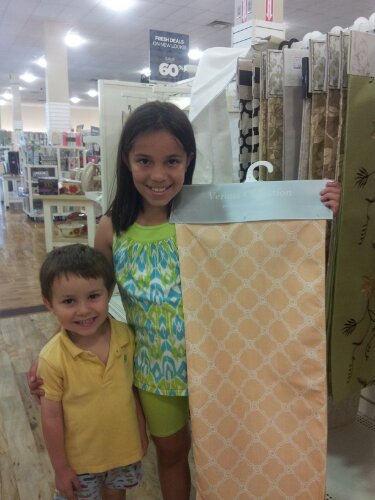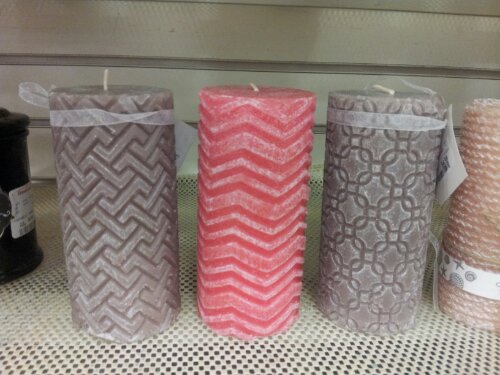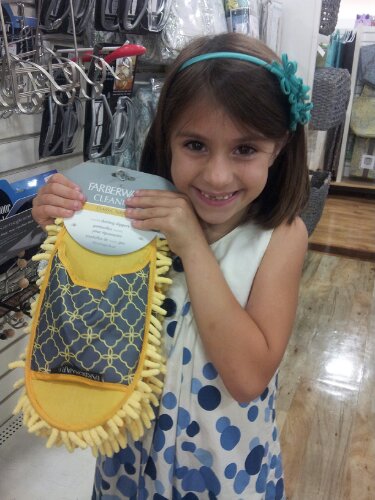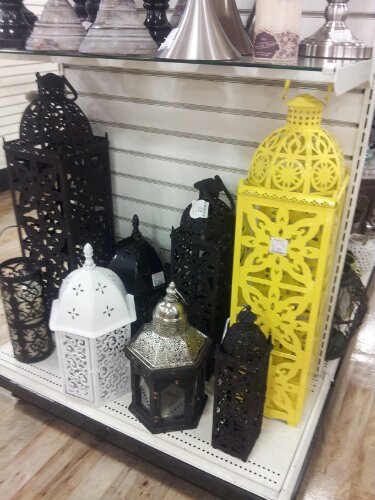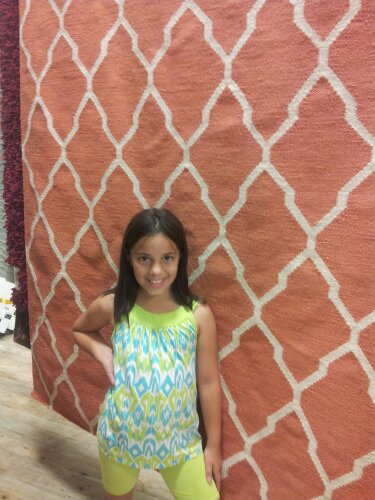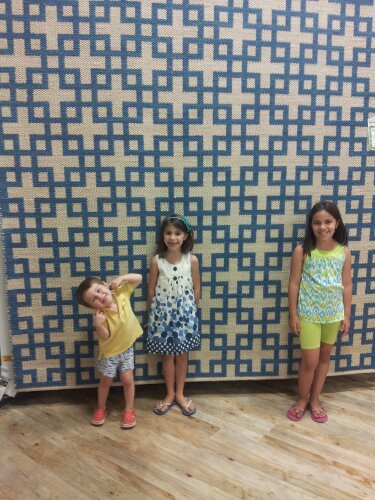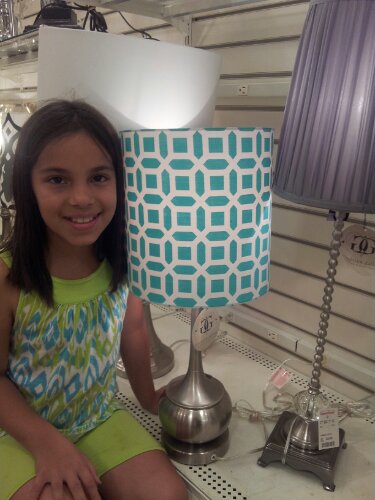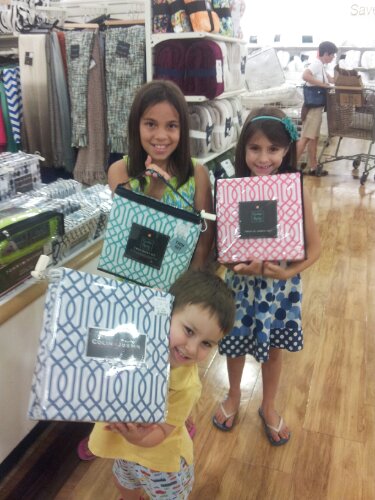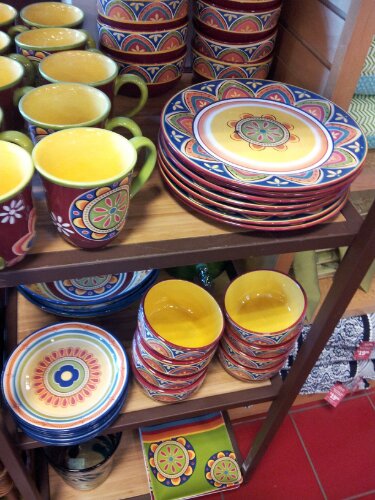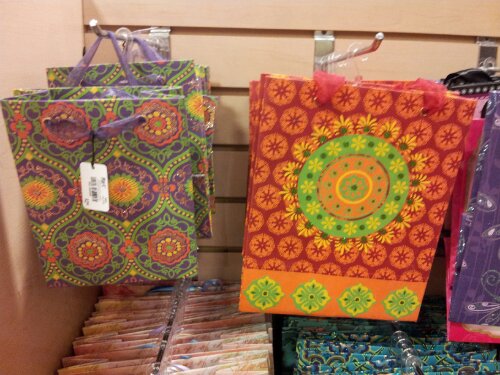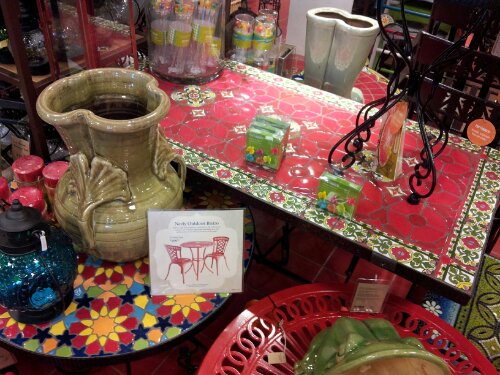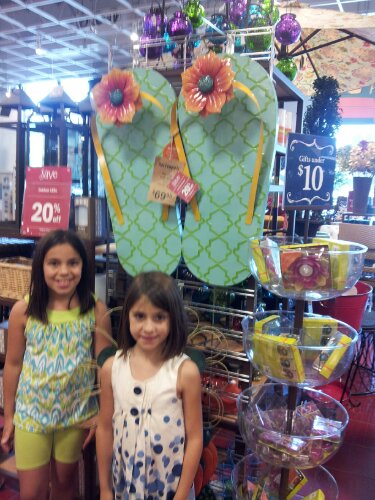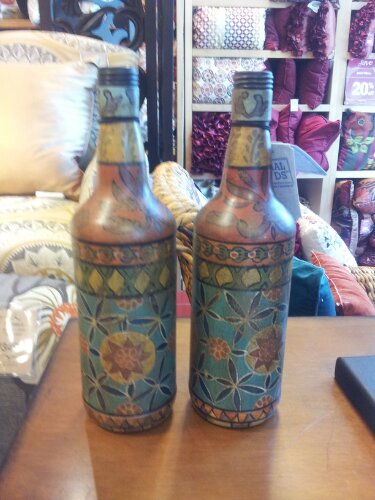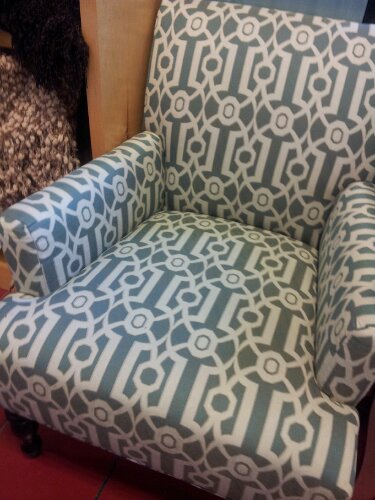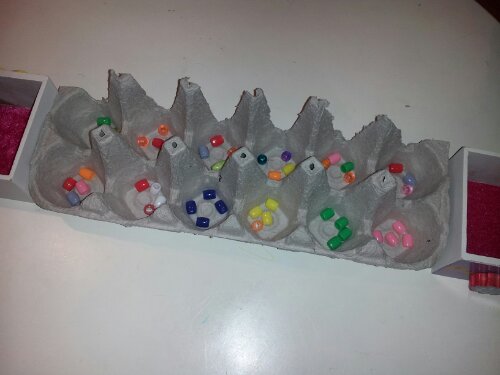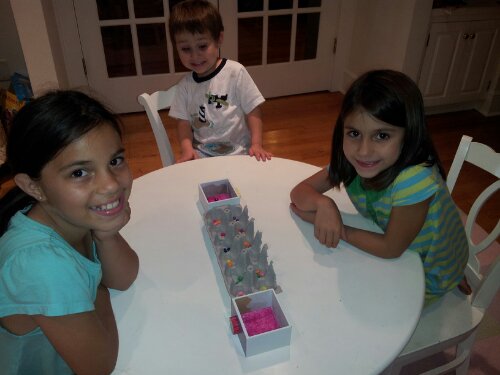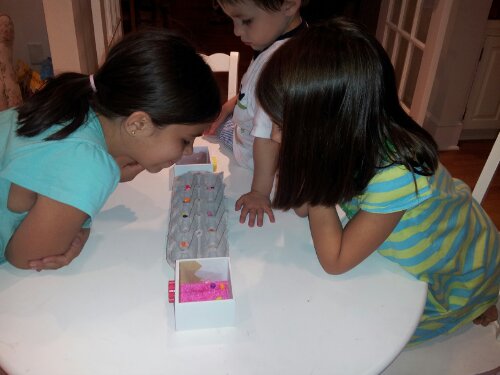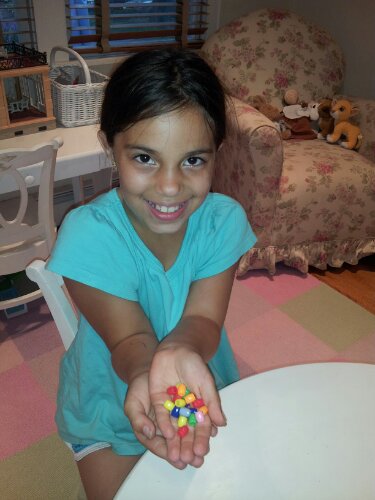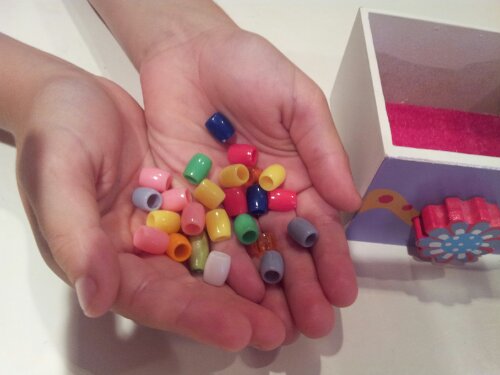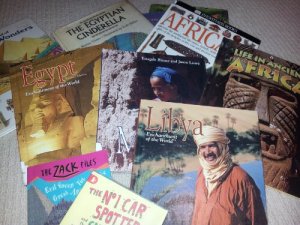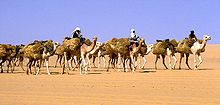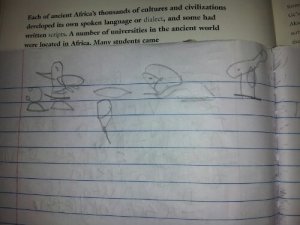
Mumbai has a thriving movie industry and its own genre of movies that are hugely popular throughout the country. In fact, India is the world’s largest film producer. Bollywood movies are in Hindi, although they do sometimes contain some Indian english, and they always feature the same basic elements–singing and dancing, adventure (heros and villians), romance, and comedy. A little bit of everything it seems! Since the movies include so many elements they are generally long (about three hours) and have an intermission.
Inspired by the Hindi Cinema, we decide to pick two movies that seem to have many of the Bollywood film elements to watch, and then review. We choose Aladdin, set in Agrabah, a fictional city in the Middle East, and Life of Pi, set in India.

Since big dance numbers are central to the Bollywood films we also give a Bollywood dance workout a try! For better effect, AZ wears a belly dance hip scarf with coins that Papa brought back from Syria.

We love the Indian music and dances, and AZ gets the moves right away 🙂
After a good workout we’re ready for a good movie and start with Life of Pi. This film is rated PG but is very intense and only one of our kids makes it through to the end. I’m glad that she (AZ) does because the end somehow makes the movie itself seem less violent and therefore less disturbing. HZ falls asleep at the start of the film and CZ really dislikes the fighting between the animals and thinks the rating of PG is wrong. She stops watching about 10 minutes into the journey at sea…

Both films have characteristics of Bollywood movies, but Aladdin does especially so with the action, comedy, romance, and singing being major features of the film. In Life of Pi we do see some examples of traditional Indian dance and there is a bit of a love story but the action clearly dominates the film. Larger themes of religion and survival make the movie and its ending very interesting. AZ appreciates the ending and the questions that it raises. She agrees that it would be interesting to watch the film again with the end in mind…

Both movies also have something else in common–a Bengal tiger as a main character. Aladdin’s is a bit tamer!

Much like Life of Pi, Aladdin has beautiful scenery but unlike the previous film, it has a lot more comedy thanks to the genie. The kids love him and give the movie a thumbs up.
Movie reviews:
Life of Pi:
“Life of Pi is a little bit scary. I recommend it for grade 5 and up. It might still be good (4th grade and younger) if you understand it. If you just watch some scenes then you might think it’s a little scary. Especially on the boat. If you do not watch the very end then you will not get it a bit. I don’t want to give away the whole entire movie but it’s a mystery! 3 stars out of 5”
“Life of Pi: I liked the beginning of the movie but found it very violent towards the middle, so I decided to put the movie aside. The movie has a lot of death. Many animals attack each other and Pi’s family also dies because the ship they are on sinks while they are sleeping. Even though the animals are fake, they look very real when they are attacking and some kids might not like the movie. 1 star out of 5”
Aladdin:
“Aladdin would be appropriate for almost all ages. About 3 and under might not get some of the words. I think the best part is when the Genie gets out. I think there is one bad part and that’s the battle. There might be some bad words in the movie. For example–street rat. 5 stars out of 5.”
“Aladdin: I really like this movie. I found a tiny bit of violence in the villain, but no different from the other Disney villains. When the Genie was happy he was dancing and singing, but when he was sad, he was totally droopy and moody. This made it easier to really feel what the Genie was feeling. A good movie for the whole family! 5 stars out of 5”
“There was a princess. And a flying carpet. And a small guy. And a big man. The carpet was magic. It was a good! 5 of 5 stars”







